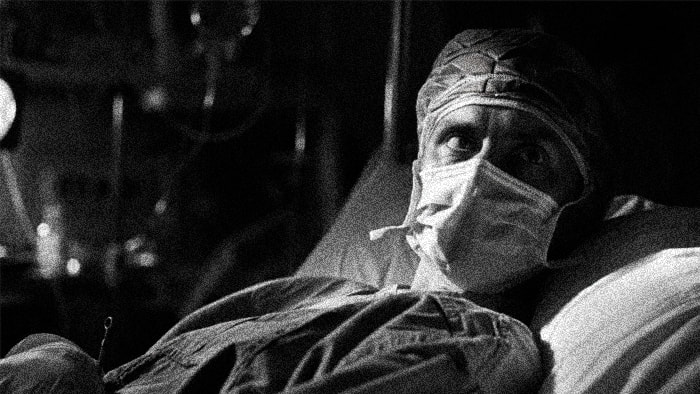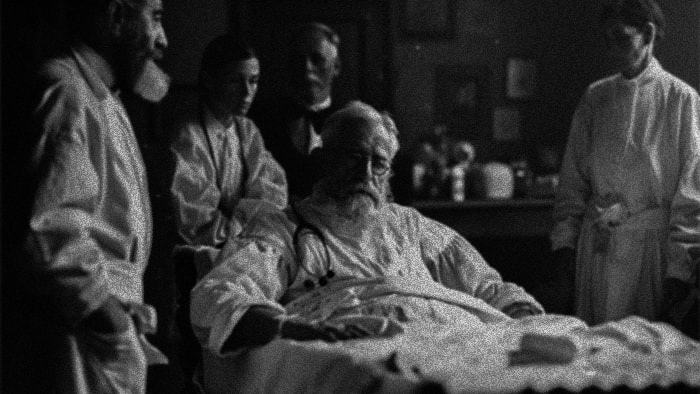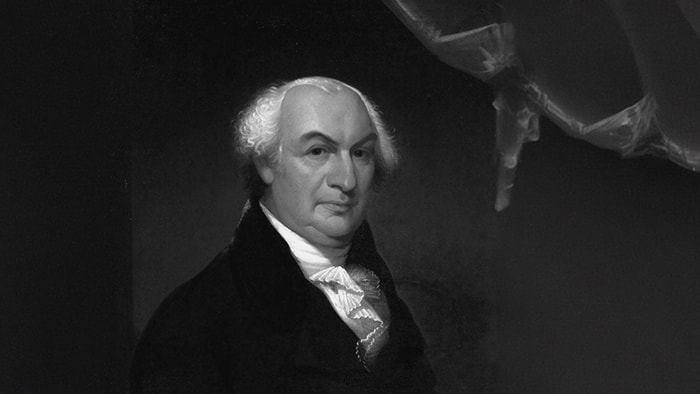There’s a saying that goes, ”If you want something done right, do it yourself”. But would you apply the same rule to surgery? Most of us wouldn’t dream of picking up a scalpel under normal circumstances, yet history is replete with individuals who did just that. These stories of self-surgery aren’t for the faint-hearted. From Antarctic appendectomies to emergency amputations without professional help, these narratives highlight a fascinating intersection of survival instinct and medical necessity.
1. Dr. Leonid Rogozov – The Antarctic Appendectomy

In the frigid isolation of Antarctica, Dr. Leonid Rogozov found himself in a dire predicament when he diagnosed his own acute appendicitis. Without any possibility of reaching medical help in time and faced with the grim potential of peritonitis, Rogozov decided to perform an appendectomy on himself. In April 1961, in a makeshift operating room in the Soviet Antarctic Expedition station, he courageously undertook what could very well have been a fatal procedure.
With limited medical supplies, severe pain, and no surgical assistance, the task was monumental. Dr. Rogozov administered a local anesthetic, made an incision, and removed his inflamed appendix, all while maintaining a surgical calm that belied the extraordinary nature of his act. His successful self-surgery saved his life and demonstrated his incredible bravery and medical skill under pressure.
2. Dr. Evan O’Neill Kane – Novocaine and a Scalpel

Dr. Evan O’Neill Kane was an expert surgeon with over 4,000 appendectomies to his name, but his most memorable surgery was performed on himself. In a daring experiment to demonstrate the viability of local anesthesia over general, Kane operated on his own appendix in 1921. Positioned propped up with pillows in an operating theater, he made precise incisions, maintaining his professional calm throughout the procedure, all observed by an astonished medical team.
Kane’s successful self-appendectomy not only proved his hypothesis about local anesthesia but also marked a significant moment in medical history. His pioneering act opened the door to safer surgical procedures for patients with conditions that made general anesthesia risky. Kane’s story is a testament to his extraordinary courage and commitment to advancing medical science.
3. Aron Ralston – A Gruesome Necessity

In 2003, Aron Ralston faced an unimaginable choice that became a tale of survival against all odds. Trapped alone in a remote Utah canyon, with his arm pinned by a boulder, Ralston endured five days of isolation and diminishing hope. With limited supplies and no way to call for help, he reached a harrowing decision – to amputate his own arm to escape.
Using a dull pocketknife, Ralston performed the amputation, a grueling process that tested the limits of human endurance and pain tolerance. This drastic act of self-surgery, fueled by a primal survival instinct, not only saved his life but also inspired the gripping film ”127 Hours.” Ralston’s story remains one of the most extraordinary examples of self-surgery under extreme conditions.
4. Gouverneur Morris – A Founding Father’s Fatal Fix

Gouverneur Morris, a name synonymous with political brilliance and now, unfortunately, a cautionary tale in medical history, undertook a dangerous self-surgery that ultimately led to his demise. Morris, one of the Founding Fathers of the United States, found himself suffering from a blockage in his urinary tract. In an era when medical help was primitive at best, Morris took matters into his own hands, using a whalebone to attempt to clear the obstruction.
This ill-fated decision resulted in a severe infection, and despite his high status and access to the best care available at the time, Morris passed away shortly after the procedure. His story is a stark reminder of the perils of self-surgery and the desperate lengths to which people will go to find relief from debilitating pain.
5. Ines Ramirez Perez – A Mother’s Desperate Cesarean

Ines Ramirez Perez, a resident of a remote village in Mexico, found herself alone and in labor with no medical help available. Facing a life-threatening situation in March 2000, she took an extraordinary step to save her baby and herself. With no professional medical training, Ramirez Perez performed a cesarean section on herself using a kitchen knife, an act of unimaginable courage and desperation.
This self-performed surgery is believed to be the only successful case of a self-cesarean in modern history. Her story is not only about survival but also highlights the stark realities of medical access in isolated regions. Ines’s bravery and quick thinking are a testament to the lengths a mother will go to protect her child.
6. Jerri Nielsen – Icebound Self-Biopsy

Dr. Jerri Nielsen found herself in a life-or-death situation while stationed at a research base in Antarctica. In 1999, she discovered a lump in her breast but was cut off from the world by the harsh Antarctic winter. With no immediate rescue possible, Nielsen took an extraordinary step: she performed a biopsy on herself, administering chemotherapy drugs that were delivered by a parachute drop from an airplane.
This remarkable act of self-treatment was guided by email instructions from doctors thousands of miles away. Nielsen’s story is not only a dramatic tale of survival but also an inspiring example of resilience and self-reliance under the most extreme conditions.
The incredible stories of these six individuals who performed surgery on themselves under extreme circumstances showcase the remarkable limits of human endurance and bravery and the profound implications of medical necessity. Their acts, driven by necessity and innovation, inspire and inform the medical world and beyond. For more inspiration, we suggest you check our article on the greatest underdog stories ever.


